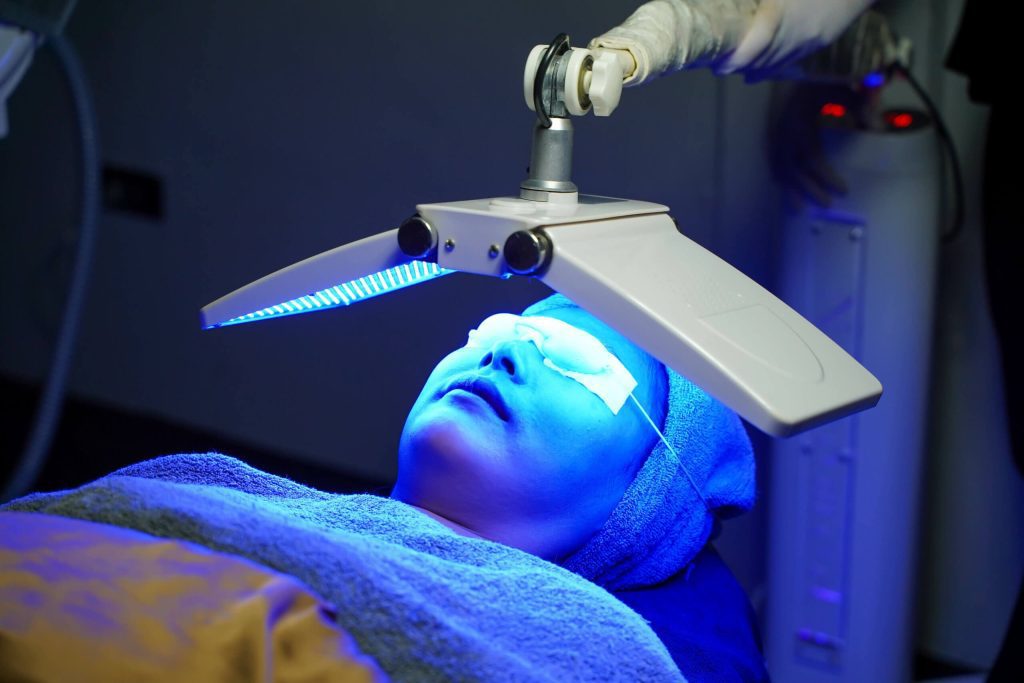LED light therapy is safe, effective, and non-invasive, treating various skin conditions and concerns, such as acne, fine lines, and psoriasis. It comes in different types, including red light LED therapy and blue light LED therapy, which are sometimes used in combination. Aside from boosting collagen production to diminishing scars and improving fine lines, wrinkles, and stretch marks, LED light therapy helps the skin look younger and healthier. (Tramadol online)
Blue Light Vs. Red Light Therapy
The difference between the two is that they have different wavelengths on the electromagnetic spectrum. Blue Light and Red Light Therapy differ in their frequencies and energy levels.
When comparing blue light to red light, blue light has a shorter wavelength and higher frequency with greater energy than red light, which can penetrate deeper into the skin’s pores. That said, blue light therapy is often used for treating conditions in deeper layers of the skin, like cancer, while red light is often used for treating surface-layer conditions like scars.
What Is Red Light Therapy (RLT)?
RLT is a treatment that uses low-wavelength red light to improve the skin’s appearance, like reducing wrinkles, scars, redness, and acne. Also, it is recommended to treat other medical conditions.
However, there’s a lot of ongoing research, publication of small studies, and much discussion to date online regarding the effectiveness of red light therapy for all types of health uses. Some studies show some promise, but the full efficacy of red light therapy has yet to be determined. However, red light therapy has many benefits as a routine skincare treatment.
Red light can be used for:
- Improving skin tone
- Wound treatment
- Repairing tissue
- Stimulating hair growth
- Treating sun spots
- Preventing cold sores
- Diminishing scars
- Alleviating inflammation
- Reducing stretch marks, fine lines, and wrinkles
- Killing acne-causing bacteria
What Is Blue Light Therapy (BLT)?
BLT uses light to treat certain conditions on or just under the skin. The procedure is considered pain-free and gentle enough to be used with at-home devices. Blue light therapy becomes photodynamic therapy when it uses a combination of photosynthesizing (or light-sensitive) drugs and a high-intensity light source to activate them.
Moreover, the light used is a natural violet or blue light, considered an alternative treatment. Blue light therapy can only treat areas that the light can reach. So it’s typically used to treat conditions on or underneath the skin’s surface.
Blue light therapy has many noticeable benefits to enjoy and can be used:
- As an acne treatment
- For treating other blemish-causing conditions
- To diminish age spots
- As a seasonal affective disorder treatment
- To reduce inflammation
- For increasing blood flow
- To treat psoriasis
- As a way to reduce rosacea
What Are The Incredible Benefits of Combining Red And Blue Light Therapy?
Blue light and red light have different positive effects on the human body. When combined, they have synergistic benefits.
Utilizing the cell-stimulating and anti-inflammatory effects of red, blue, and NIR wavelengths together and the collagen-boosting effects of red/NIR light therapy can lead to incredible results, such as:
More Cellular Energy
Blue light therapy activates light-sensitive proteins which stimulate the mitochondria. This produces more adenosine triphosphate, which improves cellular energy and function.
Red and NIR wavelengths do the same, and they can reach deeper into the body. Using blue and red/NIR wavelengths together can ensure that multiple layers of skin and subcutaneous tissue are given this boost.
Reduced Inflammation
Blue, red, and NIR light reduce chronic inflammation at the root of major diseases and skin disorders. Treating chronic and acute pain and inflammation associated with injuries using PlatinumLEDs therapy lights has proven to be the most effective treatment modality in my clinical practice.
Increased Circulation
Blue light therapy stimulates nitrous oxide (NO) production. NO is a vasodilator, which temporarily expands blood vessels to encourage more blood flow to the area being treated.
Red and NIR wavelengths do the same.
In addition, red light therapy promotes the growth of endothelial cells, which make up the walls of blood and lymph vessels. This stimulates angiogenesis (the formation of vessels from existing vessels).
Increased Collagen and Elastin Production
Red light therapy affects the cells that produce collagen and elastin. Increased collagen and elastin synthesis are critical for overall skin health, including the healing of acne scars and stretch marks. It is also for restoring normal skin texture as skin disorders clear up.
Collagen is also present deeper in the body, in the joints, muscles, and other connective tissue. This is why red light therapy (especially using NIR wavelengths) is so valuable as a treatment for osteoarthritis pain, low back pain, joint disorders, and muscle recovery.
How Often Should You Undergo The Red or Blue Light Therapy?
The frequency will depend on the treatment plan. Also, the guidelines for use are just similar for most red and blue light therapy devices. When using blue light, it is recommended to wear goggles when treating around the eyes if the light shines into the eyes.
Since every person’s skin is unique, LED light therapy will respond differently depending on the person. So, it is best to consult a preferred health or skincare professional and take before and after photos to monitor the results.
What Are The Possible Risks Of Red and Blue Light Therapy?
Both LED light therapies are safe and relatively risk-free. For an at-home mask or device, it is best to find one marked “FDA cleared” or “FDA approved.” In addition, it’s advised to wear eye protection, such as sunglasses or goggles, and carefully follow instructions to confirm that the device is used correctly.
Although rare, some side effects from LED light therapy may include the following:
- Increased inflammation
- Rash
- Redness
- Pain
On the other hand, experts do caution that while LED light therapy seems to be safe in the short term, there’s less information about its long-term safety.
The Bottom Line
Red and blue light therapy work differently, but both help treat various conditions, from chronic pain to skin imperfections. The LightStim panel used at Viva Vitality combines red and blue lights to treat acne and get anti-aging effects all in one treatment. Furthermore, the treatment is not only used to improve skin conditions but also to produce new proteins and revitalize the skin.


